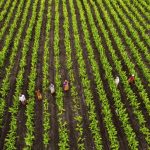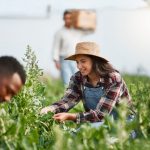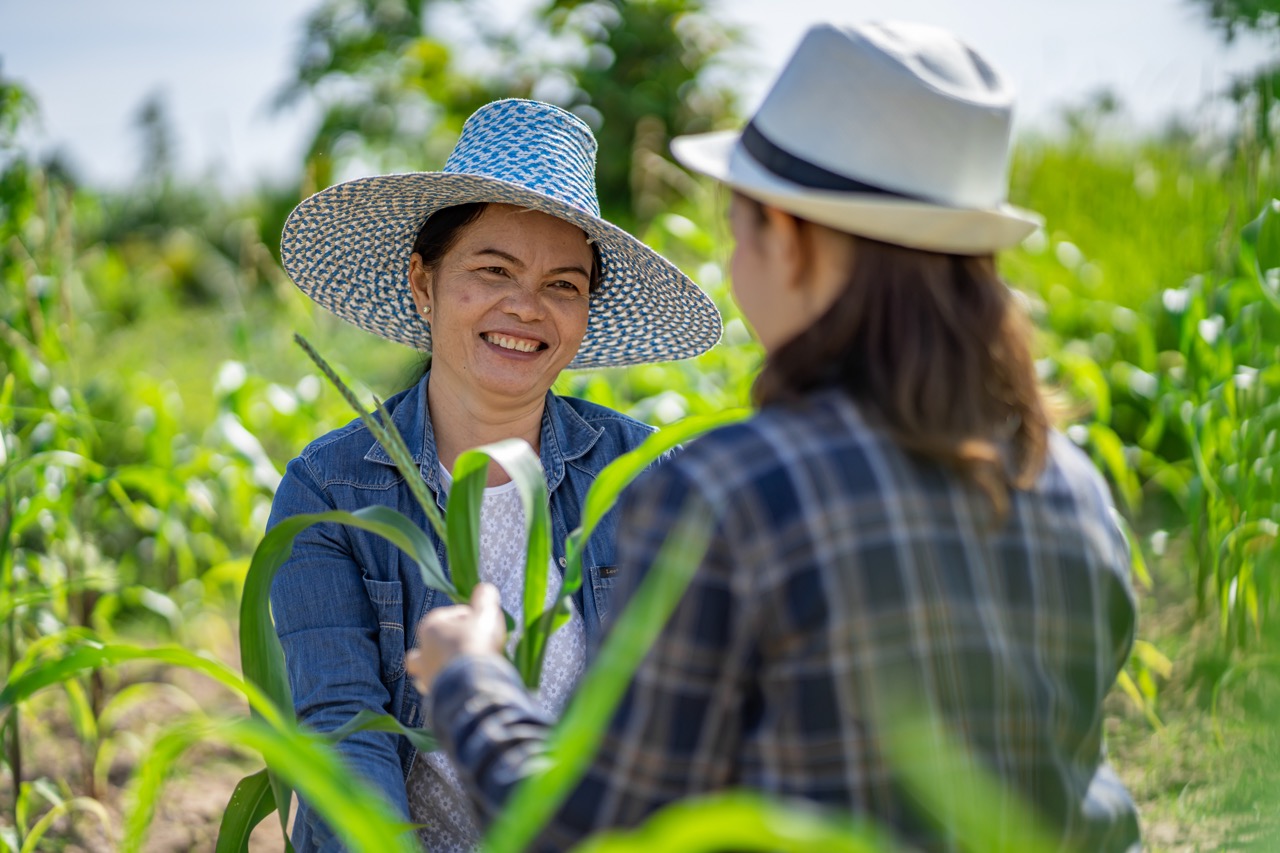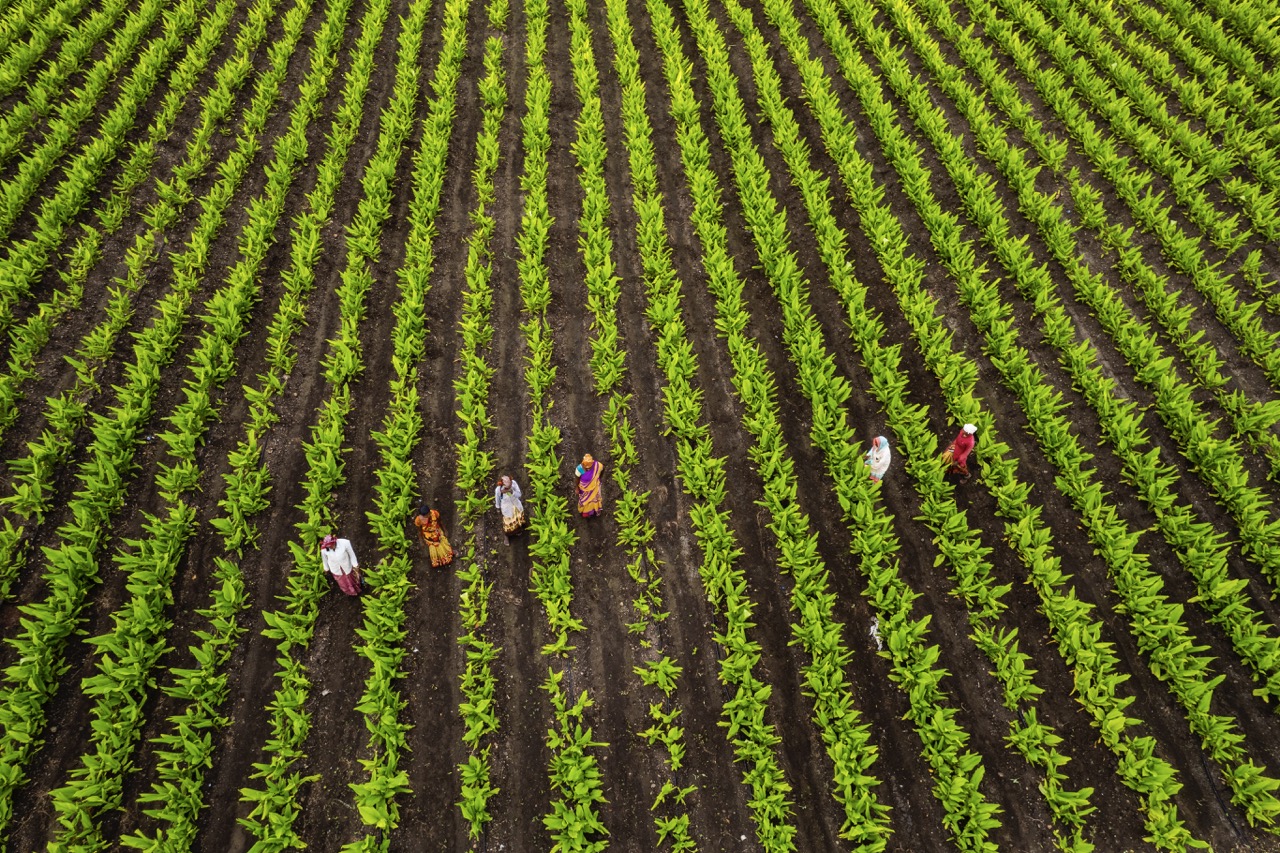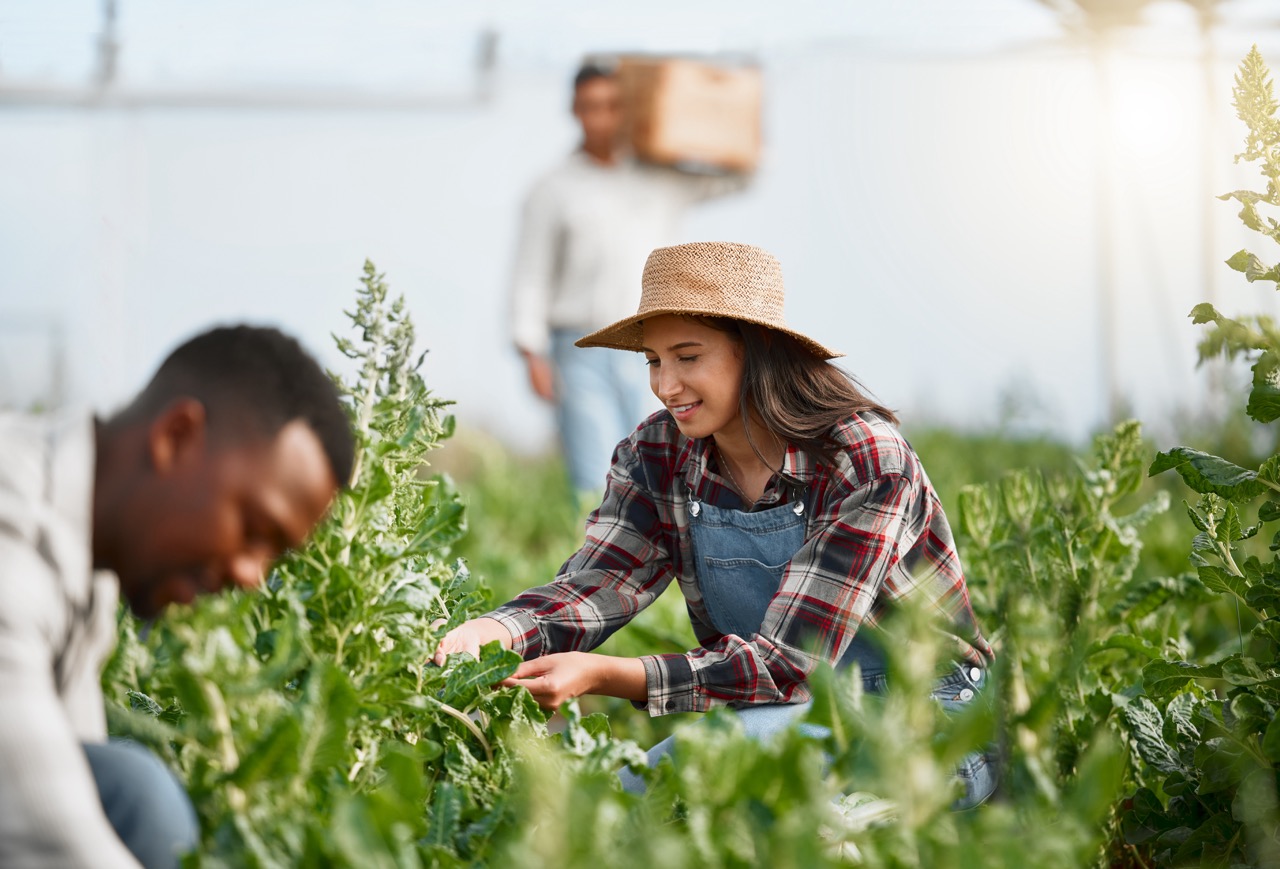Sharecropping, a practice rooted in agricultural history, continues to play a significant role in shaping local economies, particularly in rural areas. By fostering partnerships between landowners and disenfranchised farmers, sharecropping serves as a mechanism for agricultural production and economic sustainability. This article delves into the multifaceted ways in which sharecropping supports local businesses and agricultural enterprises, highlighting its economic impact on communities, its role in enhancing agricultural productivity, its contributions to small business growth, and the importance of sustainable practices.
The Economic Impact of Sharecropping on Local Communities
Sharecropping creates a symbiotic relationship between landowners and farmers, where both parties benefit from shared resources and profits. This model enables smallholder farmers, who might otherwise lack the capital to cultivate their land, to access land and necessary inputs, thus promoting agricultural activity. The income generated from sharecropping not only supports the livelihoods of those directly involved but also circulates within the local economy, creating a ripple effect that fuels other sectors.
Moreover, the economic impact of sharecropping extends beyond the agricultural realm. Local businesses, such as equipment suppliers, seed distributors, and food processors, benefit from increased agricultural activity. As sharecroppers invest in their land, they often require various services and goods, which bolsters local commerce. This interdependence can lead to the establishment of a robust economic ecosystem, where the prosperity of one component directly contributes to the health of the whole community.
Lastly, sharecropping can enhance economic resilience in rural areas. In times of economic hardship, communities reliant on sharecropping may adapt more readily than those dependent on single-income industries. The diversification of agricultural outputs can safeguard against market fluctuations, ensuring a steady income for families and reducing overall community vulnerability. Thus, sharecropping serves not only as a means of agricultural production but also as a foundation for economic stability in local communities.
Enhancing Agricultural Productivity Through Partnership Models
Partnership models inherent in sharecropping often facilitate the exchange of knowledge and resources between experienced landowners and novice farmers. This collaboration allows for the sharing of best practices, innovative farming techniques, and crop management strategies, ultimately leading to enhanced agricultural productivity. The mentorship aspect of these relationships enables new farmers to learn from seasoned professionals, thus improving their skills and outputs.
Furthermore, sharecropping arrangements can lead to the pooling of resources, such as equipment and labor. When several farmers unite under a sharecropping agreement, they can benefit from economies of scale that would be unattainable individually. This collective approach allows for larger-scale operations that can produce more significant yields, thereby contributing to a greater overall agricultural output in the region.
In addition, the adaptability of sharecropping to various crops and agricultural practices encourages diversification. By experimenting with different types of produce, sharecroppers can respond to market demands and environmental conditions, optimizing their harvests. This flexibility not only boosts productivity but also enhances food security within local communities, ensuring that diverse agricultural needs are met.
Sharecropping: A Catalyst for Small Business Growth
The economic activities generated through sharecropping can stimulate small business growth in rural areas. As sharecroppers cultivate their land and generate income, they often reinvest in their local economies by purchasing goods and services from nearby businesses. This spending creates a demand for a variety of local services, from hardware stores to restaurants, fostering an entrepreneurial spirit among community members.
Additionally, successful sharecropping can inspire individuals to establish their agricultural enterprises. Many sharecroppers, having gained sufficient experience and capital from their work, may choose to transition to independent farming or start businesses that support agricultural production, such as organic farming cooperatives, agritourism ventures, or specialty food production. This not only contributes to the diversity of the local economy but also strengthens community ties as individuals collaborate to support one another’s ventures.
Furthermore, the financial stability created by sharecropping arrangements can result in increased investment opportunities within the community. As sharecroppers succeed, they often seek to enhance their operations, leading to a demand for local contractors, equipment suppliers, and consultants. This growth can spur job creation and encourage the establishment of additional businesses tailored to serve the agricultural sector, reinforcing the importance of sharecropping as a catalyst for economic development.
Sustainable Practices and Their Role in Local Economies
Sustainable agricultural practices are increasingly being integrated into sharecropping arrangements, benefiting both the environment and local economies. Sharecroppers are often motivated to adopt practices such as crop rotation, organic farming, and integrated pest management to maximize yields while minimizing environmental impact. These sustainable approaches not only enhance soil health and biodiversity but also contribute to the long-term viability of local agriculture.
Moreover, sharecropping often encourages the use of local resources, reducing dependence on imported inputs and fostering a circular economy. By sourcing seeds, tools, and services from local suppliers, sharecroppers contribute to the resilience of their communities and reduce the carbon footprint associated with transportation. This local sourcing strengthens the economic ties within the community, ensuring that profits circulate within the local economy and support other businesses.
Lastly, the promotion of sustainable practices within sharecropping can lead to a healthier community overall. By prioritizing environmentally friendly methods, sharecroppers can produce healthier food options, contributing to improved nutrition among local populations. This commitment to sustainability not only secures the future of local agriculture but also positions sharecropping as a vital component in the development of vibrant, resilient local economies.
In conclusion, sharecropping remains a relevant and impactful agricultural model that supports local businesses and enhances economic resilience in rural communities. Through its economic contributions, partnerships that enhance agricultural productivity, stimulation of small business growth, and promotion of sustainable practices, sharecropping plays a crucial role in maintaining the vitality of local economies. As communities continue to navigate the challenges of modern agriculture, embracing the strengths of sharecropping could pave the way for a more sustainable and prosperous future.


